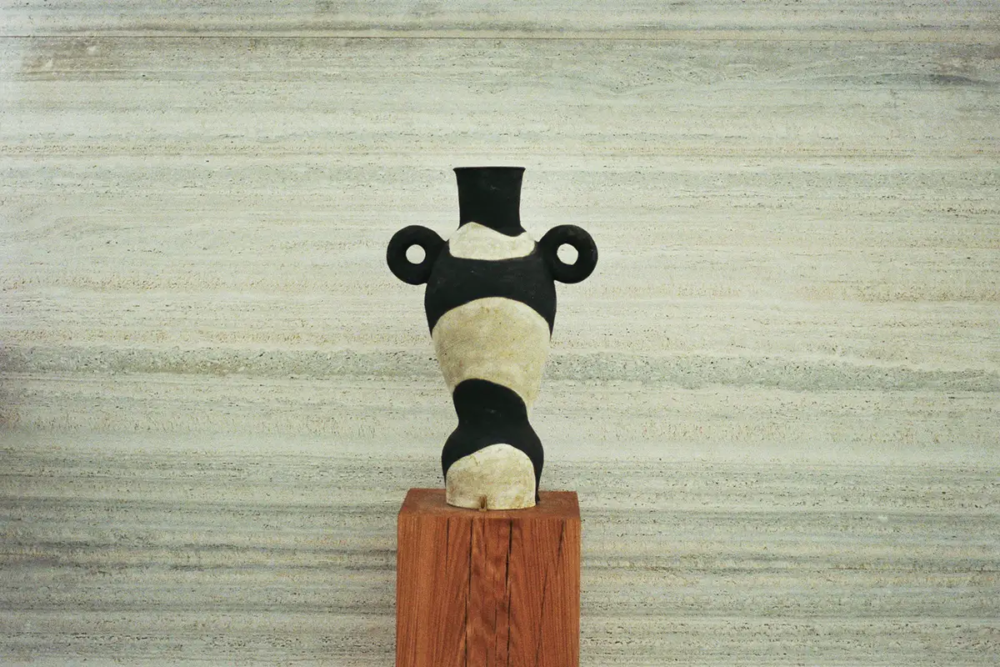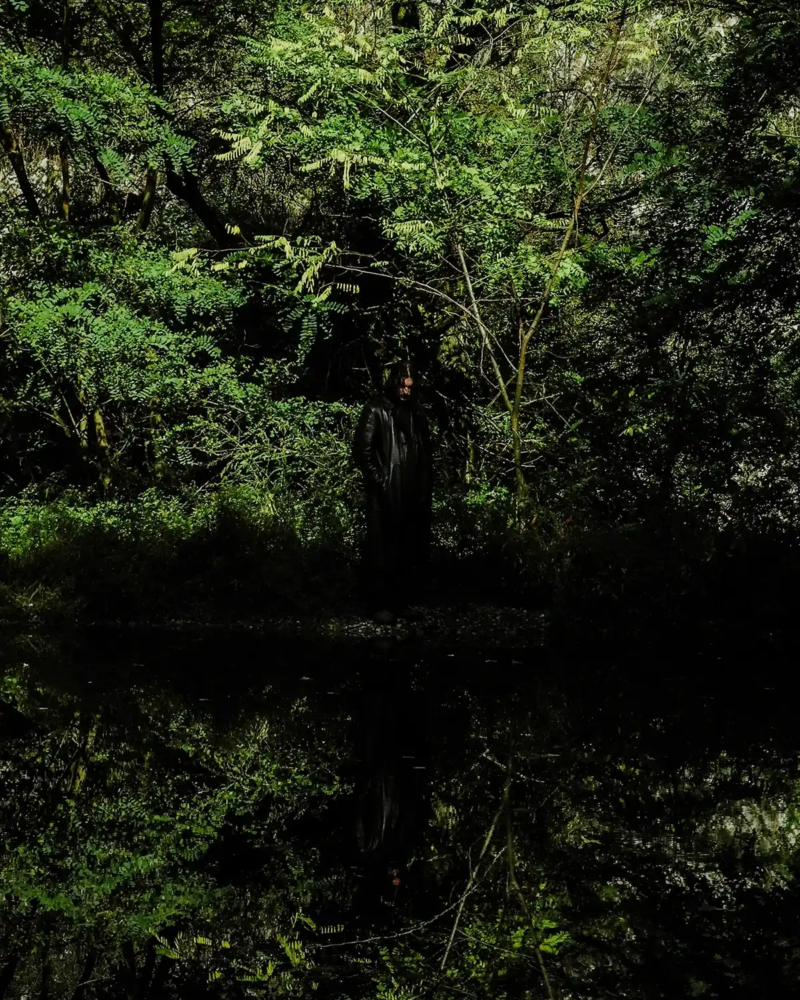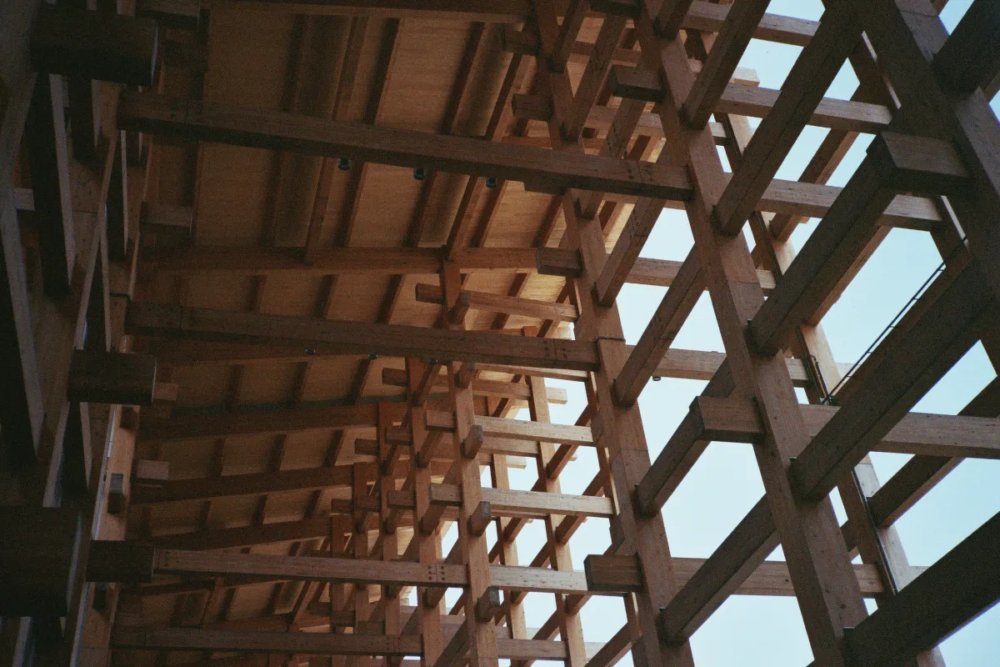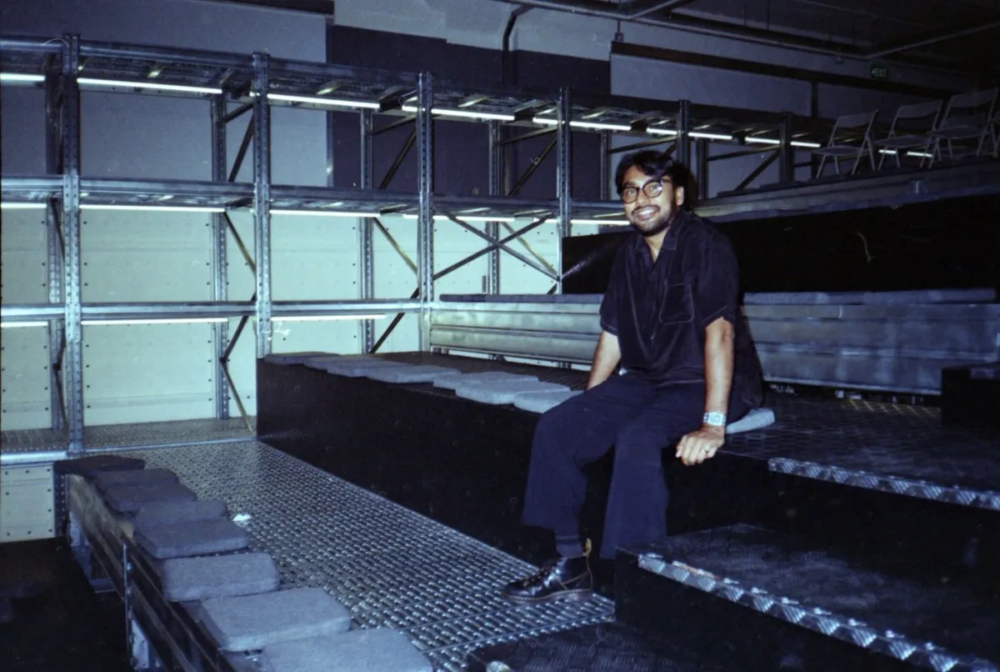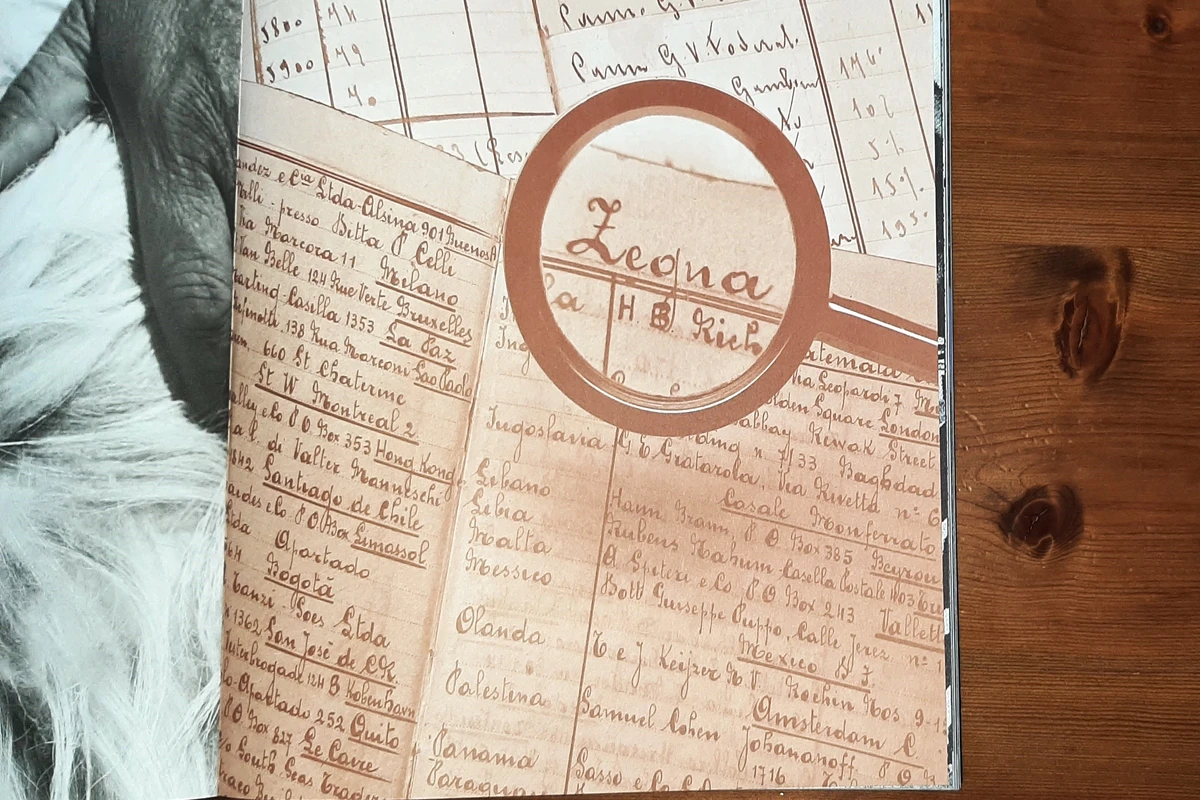
Born in Oasi Zegna – the book
A visual and tactile experience whose pages range from rough texture to superfine, an allegory for the natural raw materials that Zegna has been using since its foundation – “The second best thing we do is clothing. The first is the Oasi Zegna”
Born in Oasi Zegna: the book celebrating Ermenegildo Zegna’s legacy presented at Milan Design Week
Responsibility towards the community and the land is the principle underlying Ermenegildo Zegna’s philosophy. A new illustrated volume titled Born in Oasi Zegna celebrates the brand’s legacy over a century after its founding in 1910, and three decades since Oasi Zegna was designated a natural area in 1993. The story of Ermenegildo Zegna is told through a collection of archival and contemporary images depicting the community and landscapes that he helped create.
Browsing through the book Born in Oasi Zegna is an immersive experience that stimulates visual and tactile senses: from the undulating illustrations by Paolo Bacilieri, Cecilia Carlstedt, and Giuseppe Ragazzini, to the rough texture of the pages that narrate the story of the natural raw materials which have always been associated with the Zegna brand. It’s a narrative of values from the past and present to be passed on to future generations. The book begins with a cornerstone of the Zegna philosophy: “The second best thing we do is clothing. The first is the Oasi Zegna,” emphasizing respect for the environment and the enhancement of the territory.
The book was presented during Milan Design Week with an immersive exhibition at the Zegna Headquarters, transforming the book’s pages into actual spaces to explore. Simultaneously, Zegna was appointed caretaker of the flower beds at Piazza Duomo, where a flora inspired by the vegetation of Oasi Zegna was planted. This marks the first step of a project aiming to create new Oasi Zegna worldwide.
Born in Oasi Zegna is a manifesto of sustainable production: the valorization of the landscape and the Trivero Valdilana community
Born in Oasi Zegna is a collectible and design object, where Ermenegildo Zegna’s stories come to life through interactive removable elements, sculptural pop-ups, and tactile materials: from the cover with grain resembling tree bark to the rough pages of FSC-certified environmentally friendly paper, like the raw material entering the Zegna wool mill in Trivero Valdilana, Biella.
Anna Zegna recounted to Lampoon the story of the birth of the Zegna wool mill and the entire Trivero community. “The Trivero landscape isn’t flat, and to build the wool mill, Ermenegildo Zegna had to create a space by developing an industrial and community context. He also planted five hundred thousand conifers and hundreds of hydrangeas and rhododendrons. Zegna also built the scenic overlook that unites the valleys up to Ivrea. He advocated for a comprehensive vision where humans collaborate with nature and the context, nurturing the landscape rather than destroying it.”
Today, Oasi Zegna covers 100 km2 of Trivero and Valle Cervo, hosting more than five hundred thousand trees. “When the first pine forests were planted, there was a monoculture theme, so we had to plant trees of the same species and age. Today, with climate change, forests are suffering due to an insect that is sickening pine forests. We renew and alternate species for over sixteen hectares of forest each year to ensure prosperity.”
Atmospheric, seasons and temperaments by Rebecca Moccia at Fondazione Zegna: the fabric of Ermenegildo Zegna’s Trofeo line
In celebration of its journey between art and nature, at Casa Zegna in Trivero, Fondazione Zegna presents a new project “Atmospheric, seasons and temperaments” by Rebecca Moccia. Atmospheric is a site-specific project focusing on atmospheric transformations and drawing from the peculiarities of space to construct a reflection dedicated to the connection between climate and environmental changes and the temperaments of those who experience them. The artist’s work is based on the relationships established between human experience and the places they inhabit. Casa Zegna, unlike a traditional museum space like white cubes or galleries, is entirely surrounded by glass, creating different light effects depending on the time of day or season
“In this area, the relationship between the environment and human work is valued, specifically the intervention on fabric,” explains Moccia. “The project unfolds in two phases, a summer phase and a winter phase, where the environment recreates, through fabric, a simulation of warmth sensation. Fabric not only as material to dress the human body but also as material to dress space. My research has expanded to understand pre-modern and vernacular architectures, methods of cooling and heating the space where fabric is functional to environmental conditioning before the artificial conditioning we know today, often extreme and unsustainable. Thermographies help speak of emotions linked to places, an exploration of what is sensitive but not visible.”
The Zegna fabric chosen by Moccia for Atmospheric is part of the Trofeo™ line, as well as the cornerstone fabric of the wool mill, and was born in 1963 when Zegna established the first trophies to reward the finest wools in the world. The Trofeo™ line fabric is composed of 85% wool and 15% silk, and is defined as a transeasonal fabric. The concept behind transeasonal fabric is that it transcends seasonality and remains present in collections nine months a year.
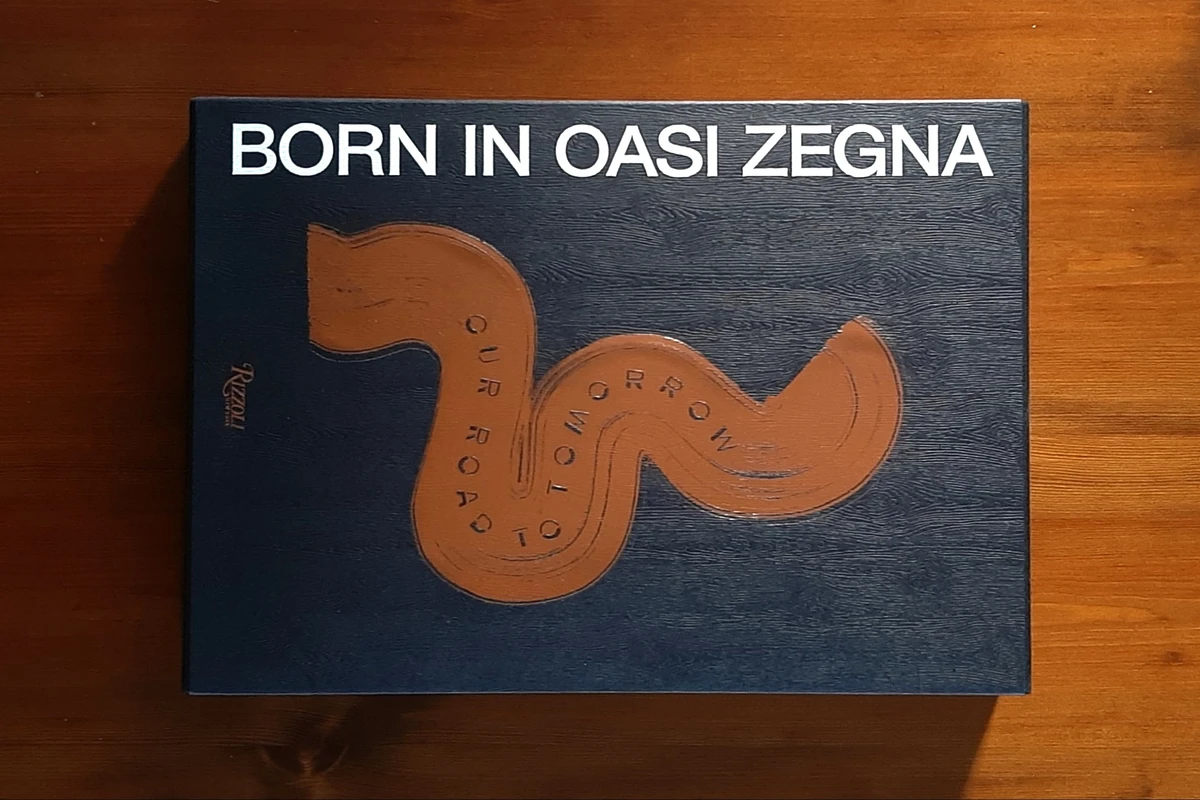
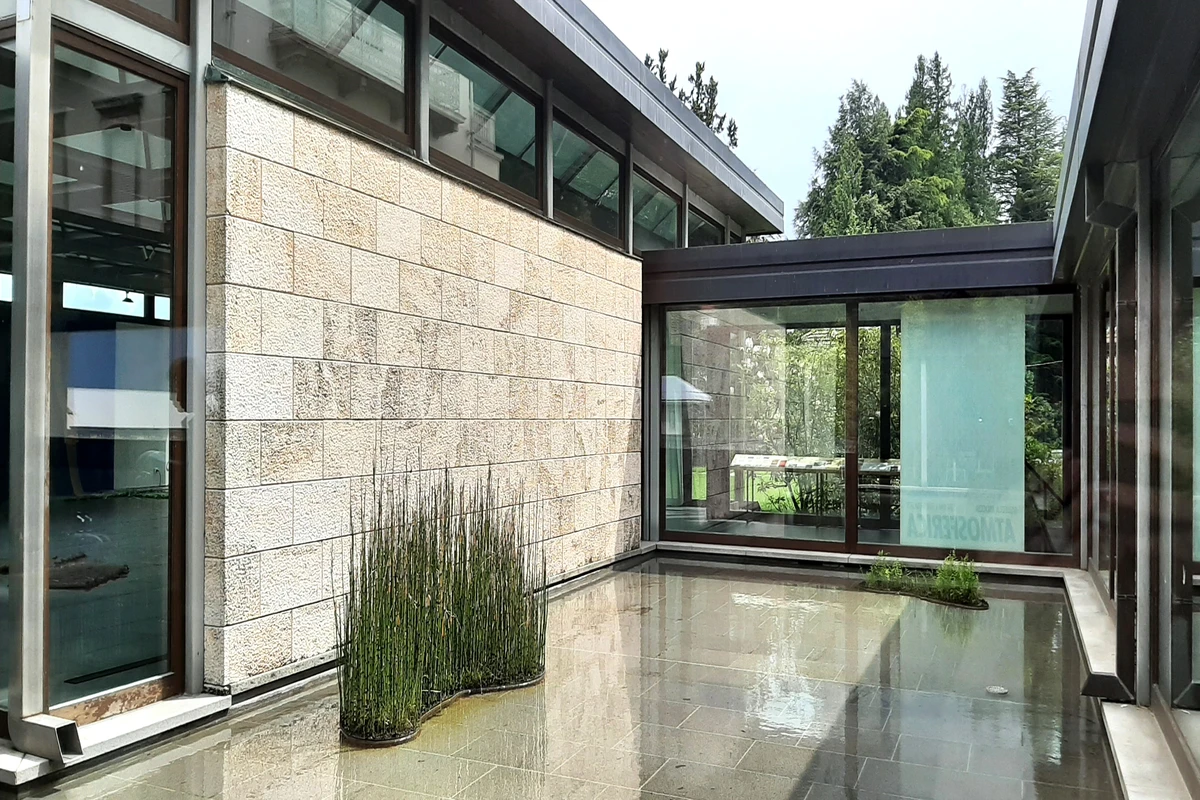
Rebecca Moccia at Fondazione Zegna: the colors of art replicating those of Oasi Zegna
Atmospheric, seasons and temperaments addresses the need that is pushing man to bend the atmospheric temperature to his comfort. This attitude of dominance, which is destroying the sensitivity of the planet, is directly linked to the relationship with the supply of raw materials and fabric production. The idea behind Atmospheric is that the fabrics used in the work be re-proposed and recovered to return to the production chain.
The materials, cut into strips and then rewoven in a gradient color scale, reproduce the colors of pines, beeches, rhododendrons, and other species present in Oasi Zegna. Chromatic evolutions in shades that have been woven and prepared on the loom for a total of 200 hours of work. The know-how and vision linked to craftsmanship become part of the artwork, whose result is a complex installation in which everything is reversible, unlike exhibitions with plasterboard where everything must be disposed of and thrown away.
Zegna and the Rough: using natural raw materials is in the brand’s DNA
For Anna Zegna, roughness translates into coherence with the brand’s identity and the message it wants to convey. “The cornerstones of our production are respect for the context around which production has developed, the creation of products that are beautiful but also useful, and the use of natural raw materials. Wool is rough because we value native wools that express a cultural message from the region. Rough has many facets that start from the sheep to knowing the traceability of the entire production chain. A sense of respect and expression of the character of different natural raw materials that we let be expressed.”
From the 1970s to today, Zegna has been a pioneer in stimulating the search for superior quality natural raw materials, setting new parameters linked not only to the beauty of the animal breed but to the best wool that can reach the standard of elasticity, diameter, and fall. Matteo Loro, Operations Manager and textile fiber expert at Ermenegildo Zegna, explains the connection between the brand and the use of Australian wool. “In textiles, Australian wool continues to be a reference point for formal menswear. Since the beginning of the last century, it began to be imported throughout Europe to make lighter fabrics because European wools are very rough and not suitable for this type of use, but were mainly used to fill mattresses. Therefore, work began throughout Biella with Australian wool as soon as the opportunity to import it arose. Australian wool is merino wool: the history of merino wool has its roots in the twelfth century. As a gift between the respective sovereigns of Spain and the United Kingdom, a group of merino sheep thriving in Spain were given to the English sovereign and in the following years a group of settlers transferred some to Australia, where they found a very favorable environment. In the mid-20th century, after careful selection of the breed, these sheep were able to produce an even finer and softer wool, and production increased. Ermenegildo Zegna has always worked with Australian wool. It may disturb that these goods travel from one part of the world to another to arrive here, but it’s a climatic issue. Certain climatic and biodiversity conditions are needed to ensure these animals live at their best and, consequently, produce the best wool.”
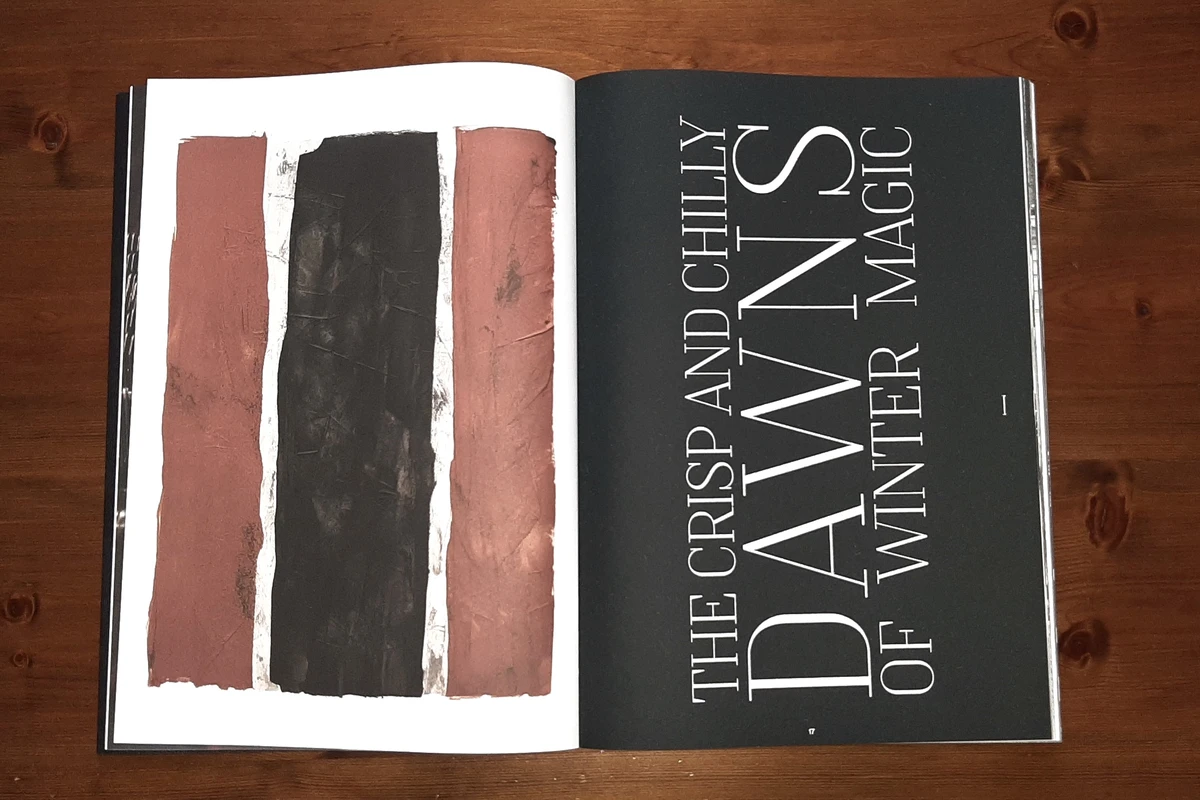
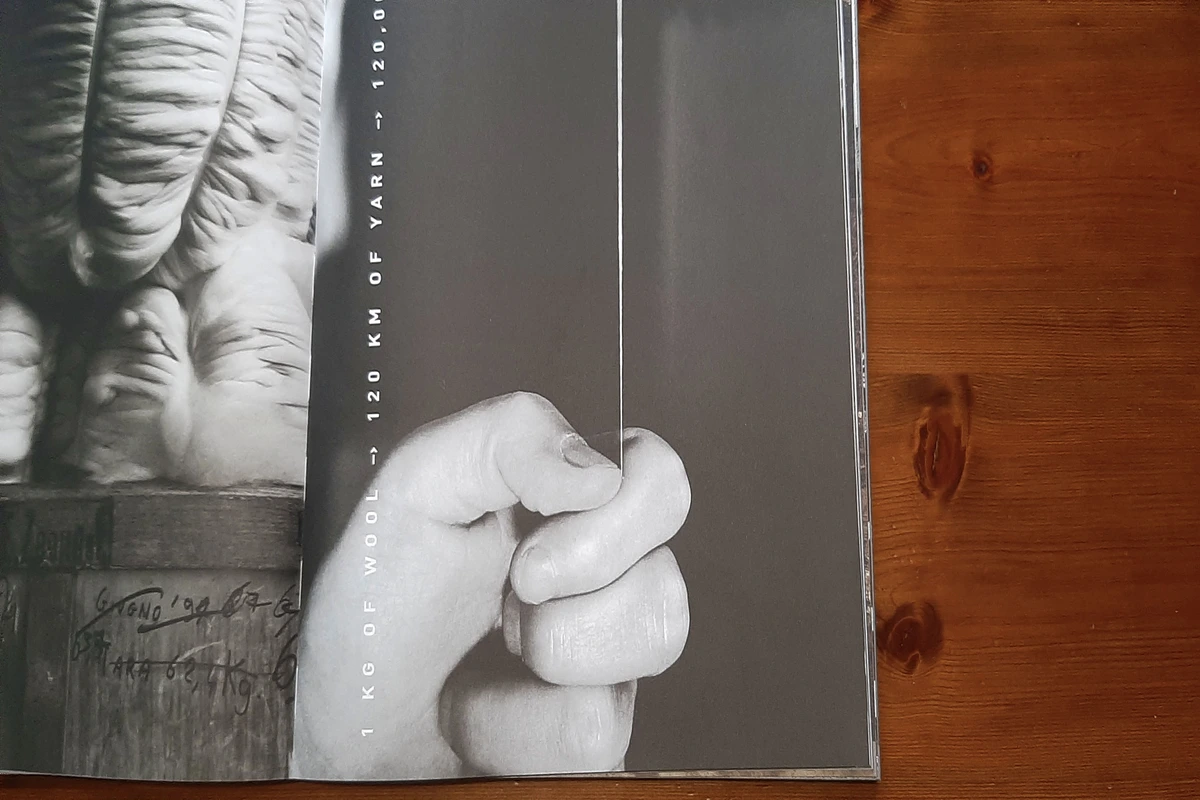
Martina Tondo

